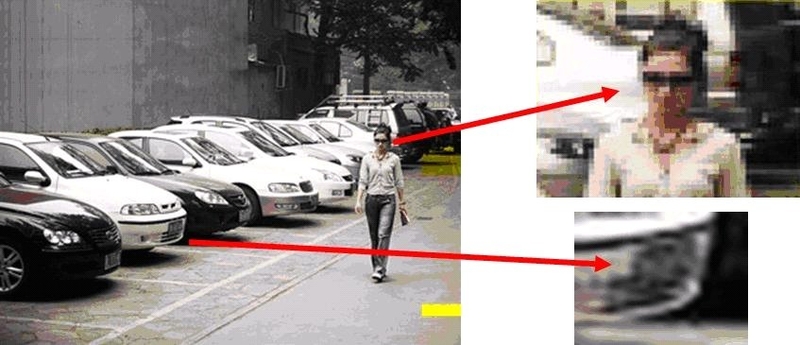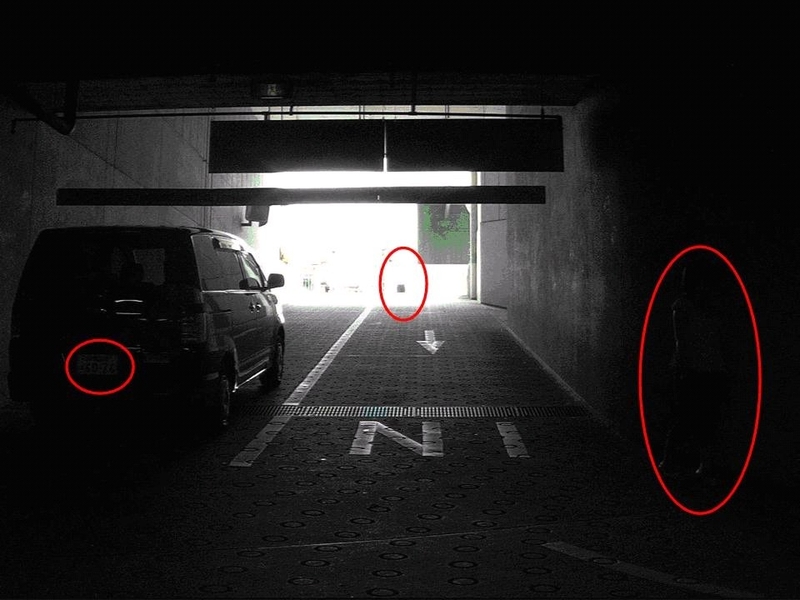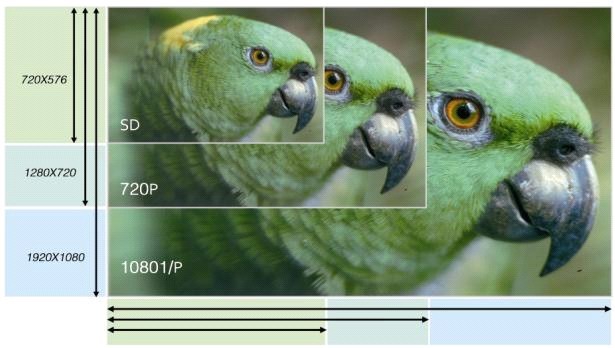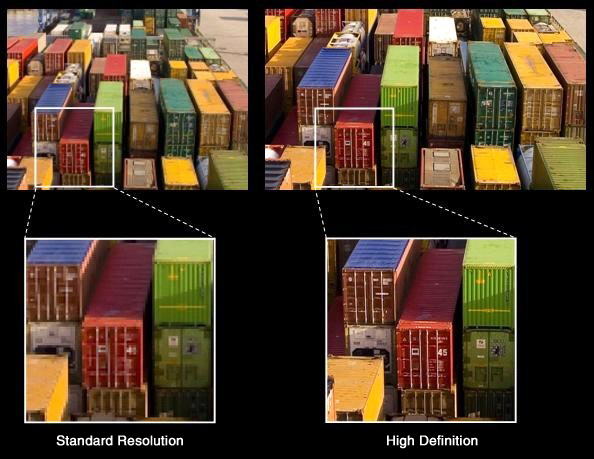CCTV Systems are Gradually being Replaced by IP Surveillance System
With the continuous developing of security industry, traditional analogue cctv systems are gradually being replaced by the IP surveillance system, traditional analogue camera, coaxial cable, switch control matrix, monitor, which was popular combination system is being replaced by IP network camera, and network server's system future combination. Security industry is undergone decades years accumulation and development, from nowadays to future video surveillance systems will blend into digital, integration, high definition, intelligent analysis as core concept for future development.
The problem of traditional cctv cameras
In normal condition, after emergencies need to playback the surveillance video, user will notice the emergency was recorded from beginning to end, without loose any single event, but when the police want to investigate the scene and enlarge the images for checking details (example: suspects’facial, car plate license number…etc), problem comes, check the below images, when enlarge some key areas in surveillance images with standard resolution, it appears “Mosaics” lead to without providing valuable information, this is flaw of traditional standard resolution.

There are two other flaws the traditional camera frequently encountered. Firstly, camera with narrow wide dynamic range can not make balance for the bright area and dark area, lead to surveillance scene with high brightness contrast, bright part is more bright, and dark part is more dark. Secondly, security cameras need to operate in 24 hours continuous working, especially working at night time the high rate of serious incidents, this requires camera can capture clear images just like working at day. However, some security cameras can provide clear images at day, but when they are working at night, the camera is shooting dark images, unable to provide necessary information. This situation appears when security cameras with low sensitivity to visible light and infrared light, thus making it impossible to capture clear images at night.

IP network camera provides HD resolution
What is HD? Simplicity, HD means high definition. According to the HD standard, HD images means image’s resolution exceed 720P or 1080i, the video horizontal and vertical ratio is 16:9, when the images’s resolution reach up to 1080P (1920x1080), it’s full HD.

Compared to current standard resolution format (SD), this resolution can provide more bigger images with high ratio, even more suitable for video surveillance applications. When need to pick up details from images, enlarge the images at same zoom ratio, the higher of resolution images can provide more clear images, on the other hand, after digital enlarge, low resolution images will shows Mosaics. Just like below images show. High definition resolution can allow video surveillance system capture human facial, license plate number as well as important surveillance scene sector.

Additionally, aspect ratio is defined as the ratio of width to height of an image. Increased this ratio also can increase the surveillance width, for video surveillance system, the system can see more widen areas and improve the effectiveness of security cameras.

MJPEG and H.264 dual stream codec
Majority of HD IP cameras support dual codec video streaming, can simultaneously MJPEG, H.264 video codec. In video surveillance application, real time monitoring can use the H.264 video codec, ensure providing smooth images with occupy narrow network bandwidth. Recording the video at MJPEG codec for providing highest definition for the images, this will allow user to playback and enlarge detail for providing adequate information in the future.
Power over Ethernet (PoE) technology
PoE technology allows IP camera gets the power supply from Ethernet cable connection. Adopting this technology, the IP camera doesn’t need to require extra power supply, more over, this also allow IP camera using the UPS (Uninterruptible Power Supply) for whole surveillance system. This not only brings low cost solution, but also easy to manage and reset the IP cameras.
Wifi connection
In some remote areas where is inconvenient for laying the network cable, user can use the wireless network (Wifi) to achieve the transmission of audio and video for IP cameras, this can makes IP camera connection from network cable restriction, as long as there is Wifi signal, the IP camera can connects to LAN or internet network.
Tags: CCTV System